Calls for Ukraine
Calls for Europe
Calls for USA
According to the results of epidemiological studies, the incidence of neuro-oncological diseases has been steadily increasing over the past 10-20 years. In 2020, primary malignant tumors were diagnosed in 308,102 people, and 251,239 patients died. These numbers are truly impressive. Central nervous system (CNS) tumors are one of the deadliest types of cancer.
The five-year survival rate of patients with malignant neoplasms of the central nervous system is 36%. But these are just average numbers. Some tumors are characterized by an extremely aggressive course. For example, only 25% of patients with glioblastoma survive a year after diagnosis, and only 5% of cancer patients overcome the 5-year survival threshold.
At the moment, active research is underway all over the world to develop new effective methods for treating neuro-oncological diseases. And in certain areas, scientists have achieved significant success.
Patients often turn to a neuro-oncologist with this question. Although the term “brain cancer” is very common, from a medical point of view it is incorrect. Most often, patients encounter tumors such as glioblastoma, medulloblastoma and meningioma.
Malignant neoplasms can be primary (develop from brain tissue) or secondary, metastatic (spread to the brain from other organs and tissues). Secondary tumors are more widespread than primary tumors. Any cancer can metastasize to the brain, but the most dangerous in this regard are:
Risk factors for the development of neuro-oncological diseases include:
The main symptoms of malignant brain tumors:
The main danger of brain tumors is that in the initial stages they develop asymptomatically, and most patients consult a doctor already at a late stage of the disease.

Currently, there is a trend towards personalization of the therapeutic process in oncology. Doctors create a treatment protocol for brain tumors individually, taking into account the type, location and size of the tumor, the patient’s age, as well as his general health. Treatment methods and regimens differ for children and adults.
Surgery still remains one of the priority methods for treating neuro-oncological diseases. In the past, brain surgery was highly traumatic and had a significant risk of complications. In recent years, the approach to treatment has changed radically. Today, doctors are trying to use a minimally invasive approach to remove malignant tumors. Access to the pathological focus is carried out through the nose or a small hole in the skull.
Modern neuroimaging methods, such as intraoperative MRI, brain mapping technology, and the use of fluorescent dyes, have allowed doctors to remove tumors with extreme precision and minimal risk of damage to healthy surrounding tissue.
Radiation therapy techniques are also improving. Modern linear accelerators have made it possible to focus radiation on a pathological focus with an accuracy of 1 mm. Before radiotherapy, computer modeling of the tumor is performed to assess the proximity of vital brain structures and plan treatment.
For small tumors or contraindications to standard surgery, stereotactic surgery or the Gamma Knife method is used. Despite the name, doctors do not use a scalpel during the procedure. Malignant tissue is destroyed by a focused beam of high-intensity radiation. Surgeons aim them at the tumor from different angles, so the surrounding tissues are not damaged. The treatment is carried out in just one session.
In addition to standard chemotherapy treatment, in modern oncology centers doctors use such modern techniques as:
Also, in recent years, a number of targeted drugs have been approved to slow the progression of the malignant process and prolong the life of patients with neuro-oncological diseases.
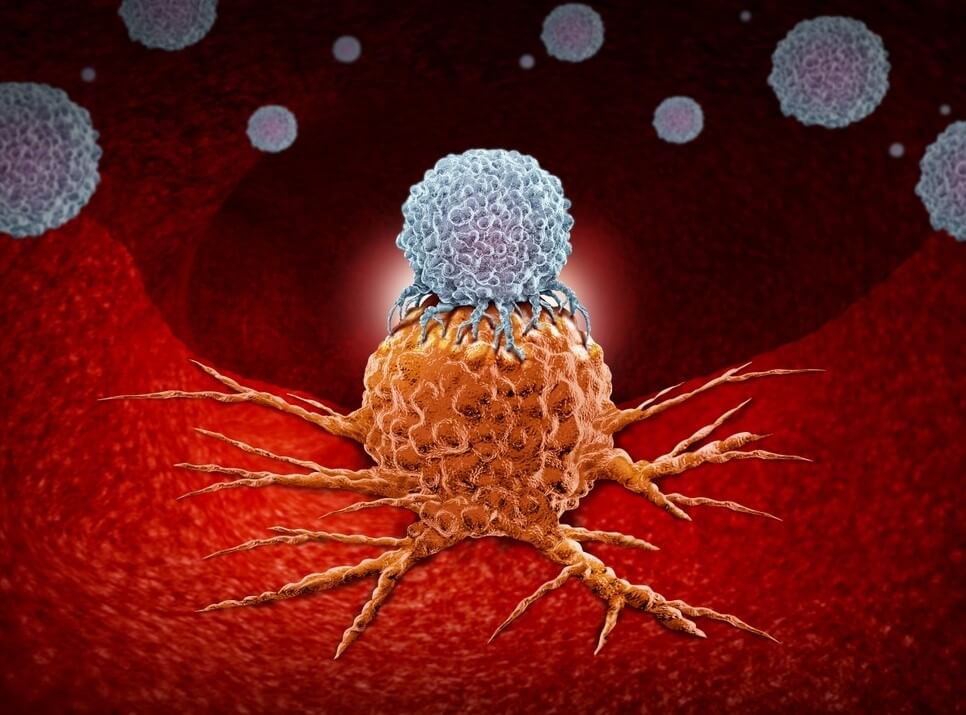
The main difficulty in the treatment of neuro-oncological diseases is that aggressive types of brain tumors quickly adapt to standard methods of therapy. In an attempt to solve this problem, scientists decided to develop an approach that could activate the patient’s immune system to fight cancer cells. And one of the options for such treatment is cancer vaccines.
Today, cancer vaccines are being actively researched in the USA, Europe and Japan. However, few people know that similar treatment is available in Ukraine. The dendritic cell vaccine Cancerax was developed at the National Cancer Institute. It is made individually for each patient. After the vaccine is injected, the body’s immune cells begin to independently recognize and attack the tumor. The drug has undergone clinical trials and has proven highly effective in the treatment of various types of cancer, including malignant brain tumors – gliomas.
If you want to learn more about treatment with the Ukrainian cancer vaccine Cancerax, leave a request on the website. A medical coordinator will contact you shortly and answer all your questions.
The success of treatment of neuro-oncological diseases largely depends on timely detection of the tumor and well-chosen therapy. Currently, there are clinics in Ukraine and abroad that have made significant progress in the fight against brain cancer.
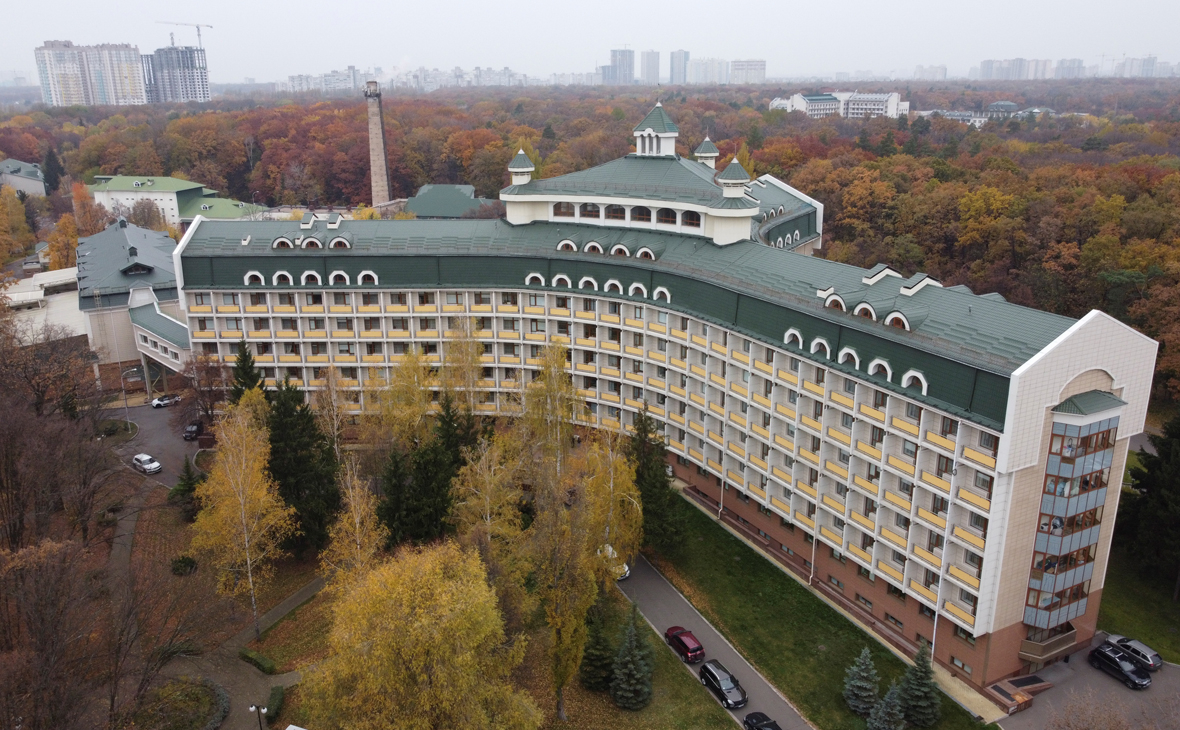
The medical center was founded in 2009. The neurosurgical department of Feofaniya Hospital provides treatment for:
In the Department of Neurosurgery of the Feofaniya Hospital, on average, surgeons perform 2 operations per day. The intraoperative mortality rate is 0%, which means that no patient died during the operation. Complications occur in only 1 in 200 patients, which is the worldwide standard for procedures performed under general anesthesia.
Surgical interventions on the brain and spinal cord are performed using a modern Carl Zeiss neurosurgical microscope, which allows surgeons to greatly enlarge the operating field and perform surgical procedures with very high precision.
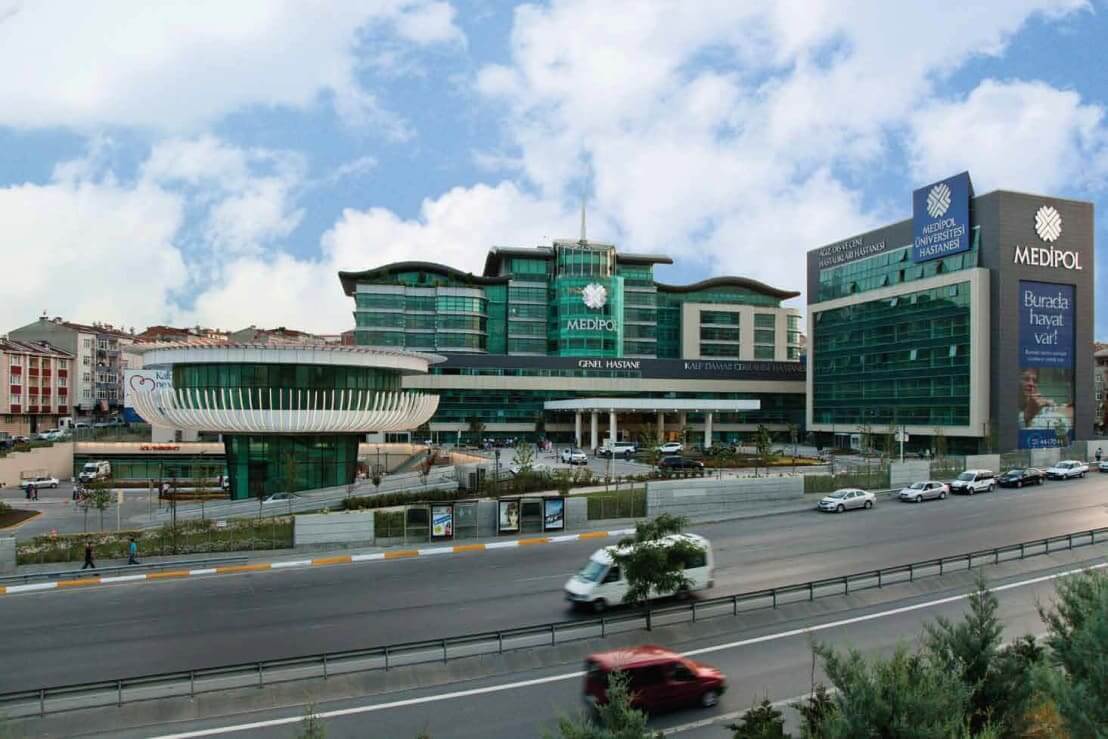
At the Medipol Medical Center, doctors treat brain tumors using modern methods of surgery, chemotherapy, targeted and immune therapy. The clinic’s neuro-oncologists have achieved particular success in stereotactic surgery. Using modern Gamma Knife, they treat not only benign brain tumors (meningiomas, pituitary adenomas, acoustic neuromas), but also malignant neoplasms (brain metastases, glial tumors).
The Gamma Knife radiosurgical unit at the Medipol clinic allows surgeons to focus 201 thin beams of radioactive energy on a malignant lesion. Each individual beam does not cause serious tissue damage, but the largest dose of radiation is concentrated in the area where the beams are focused. In this way, it is possible to destroy the tumor without damaging nearby sensitive brain tissue.
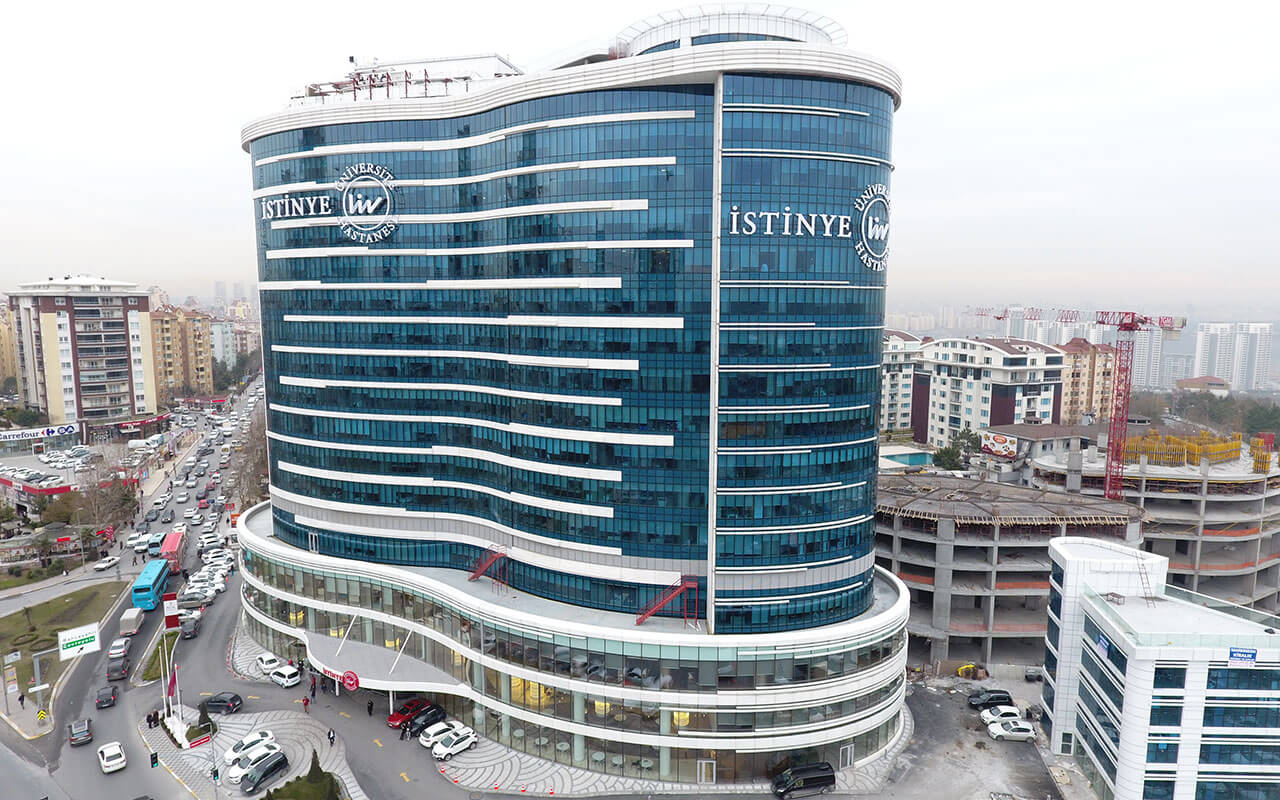
The LIV Istinye Clinic uses modern approaches to remove brain tumors:
After tumor resection, doctors must conduct a molecular genetic analysis, based on the results of which further treatment is prescribed.
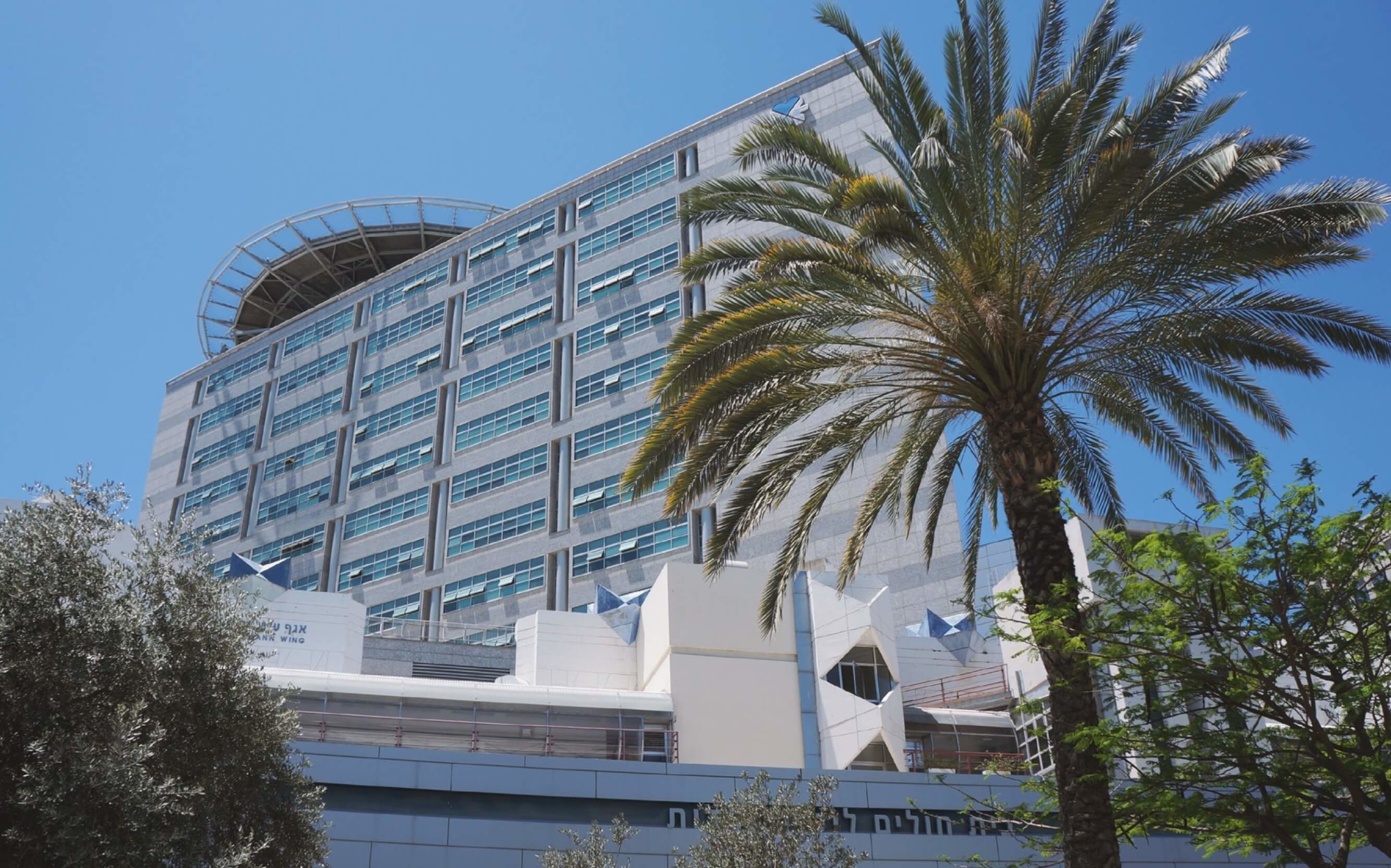
Treatment of brain tumors in Israel at the Ichilov Clinic is carried out using modern approaches, such as:
In addition, neuro-oncologists at the Ichilov Medical Center use innovative antitumor techniques, which are currently available only in a few clinics in the world, such as:

Treatment of brain tumors in Israel at the Assuta Clinic is carried out using an interdisciplinary approach. To increase the effectiveness of therapy and provide better patient care, the neuro-oncology department operates specialized centers:
The Center for Neurosurgery of the Brain and Skull Base, operating at the Assuta Clinic, is widely known for its outstanding achievements not only in Israel, but also far beyond its borders. It is headed by Professor Sergei Spektor, an internationally recognized neurosurgeon specializing in skull base surgery, cerebrovascular operations, as well as endoscopic endonasal interventions, in which access to the operated area is through the nose. Professor Spector has 40 years of experience and has performed thousands of complex operations to remove brain tumors.
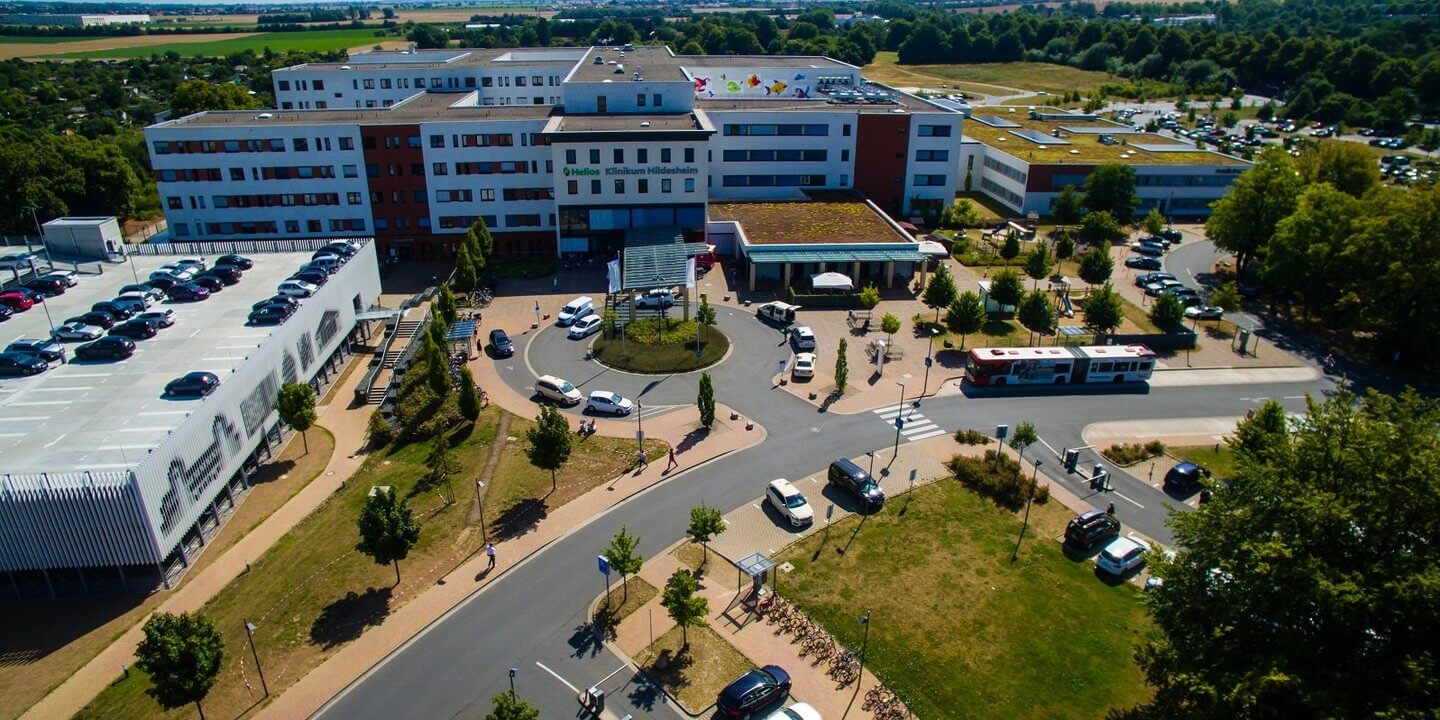
Treatment of brain cancer in Germany at the Helios Clinic is carried out in the neuro-oncology center, which has been certified by the German Cancer Society (DKG). The department specializes in complex therapy:
The following innovative approaches are used to treat brain tumors at the Helios Clinic:
Each patient is treated by a team of doctors, including a neurologist, neuro-oncologist, neurosurgeon, neuroradiologist, radiotherapist, chemotherapist, neurologist and, if necessary, other specialists.

Doctors at the Asklepios Clinic treat neuro-oncological diseases of any severity. The following modern techniques are used here:
The Asklepios Clinic has the most modern equipment for the early detection of malignant neoplasms of the brain and spinal cord. Here, doctors practice a personalized approach, which involves developing a treatment protocol for each patient, taking into account the characteristics of the disease.
If you have any questions about the treatment of brain tumors in Ukrainian or foreign clinics, leave a request on the website. A medical coordinator will contact you shortly and provide all the information you need.
Sources of:
Please rate the work of MedTour
